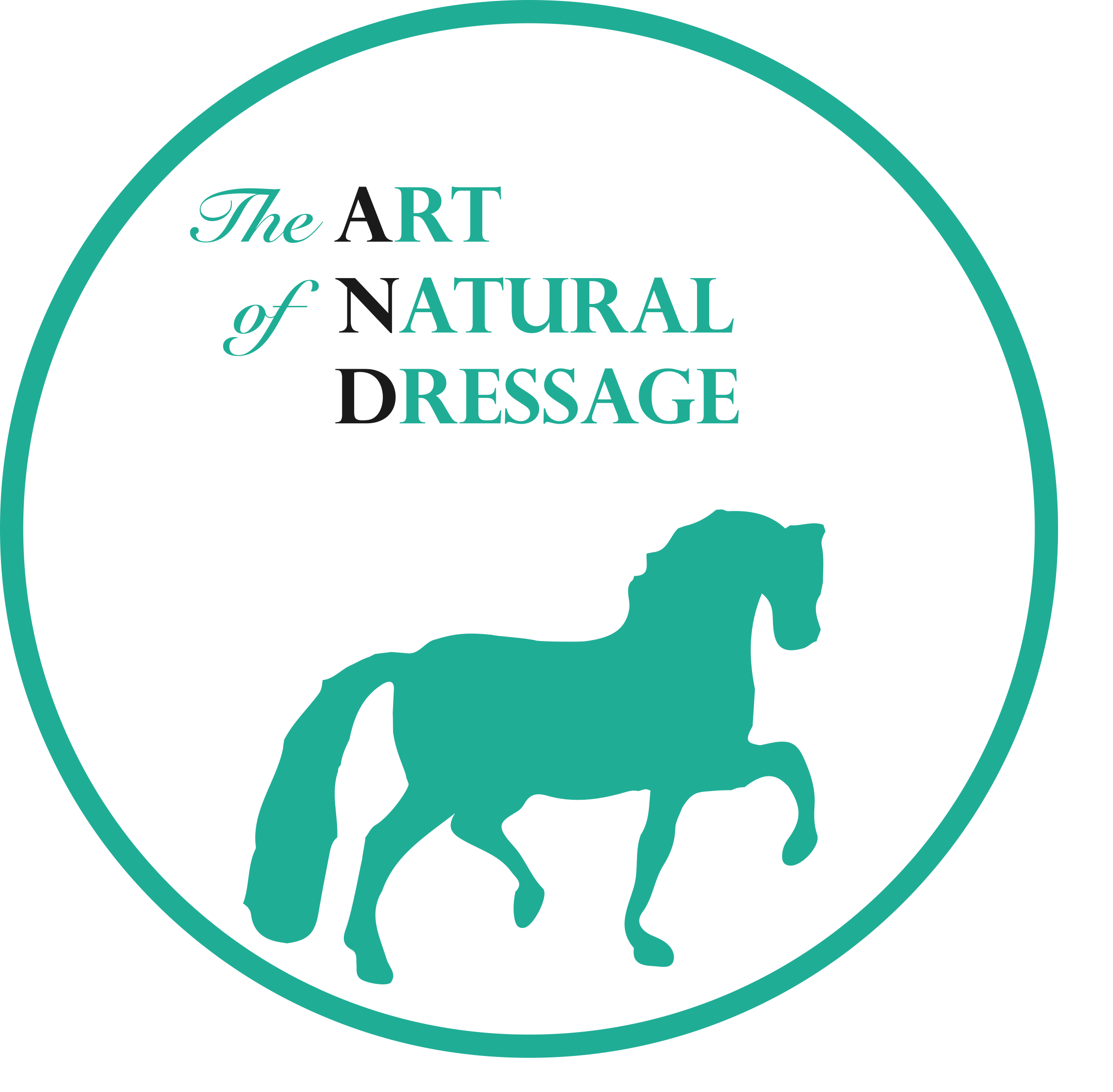Many horse owners struggle with their horses being overly focused on grass, making it difficult to maintain attention and interaction. This discussion explores how to turn grass from a source of frustration into an advantage by integrating it into training.
The Grazing Game
Instead of battling the horse’s desire for grass, the method associates grazing with attention and responsiveness:
• When the horse focuses on the handler, they are rewarded with permission to eat.
• This shifts the horse’s perception—grass is no longer a distraction but part of an interactive experience.
• Another variation ties grazing to forward movement, ensuring the horse stays engaged.
Mindset Shift
Participants emphasize the importance of changing human attitudes:
• Rather than seeing grass as an obstacle, consider it a motivational tool.
• The handler must remain patient, confident, and positive.
• Avoid frustration, as it negatively impacts the interaction.
Practical Steps
1. Create a Clear Connection
• Show the horse that looking up and engaging does not mean losing access to grass permanently.
• Introduce small requests (lifting the head, walking a step) before allowing more grazing.
2. Refining Communication
• Learn to say “no” in a way that doesn’t cause stress or resistance.
• Use body positioning instead of force—placing a foot near the horse’s mouth can serve as a gentle block.
• Time requests when the horse is naturally pausing rather than interrupting deep grazing moments.
3. Using Grass to Build Trust
• Allow the horse to see you as the provider of the best grazing spots.
• Reward responsiveness with access to better patches of grass.
• Encourage mutual decision-making rather than enforcing control.
Key Insights
• Training should not be about forcing choices but making cooperation enjoyable.
• When handled correctly, grass enhances the relationship rather than disrupting it.
• The process is as much about human learning as it is about horse training.This approach reframes grazing as an interactive opportunity, helping horses stay engaged while maintaining their natural behaviors.

